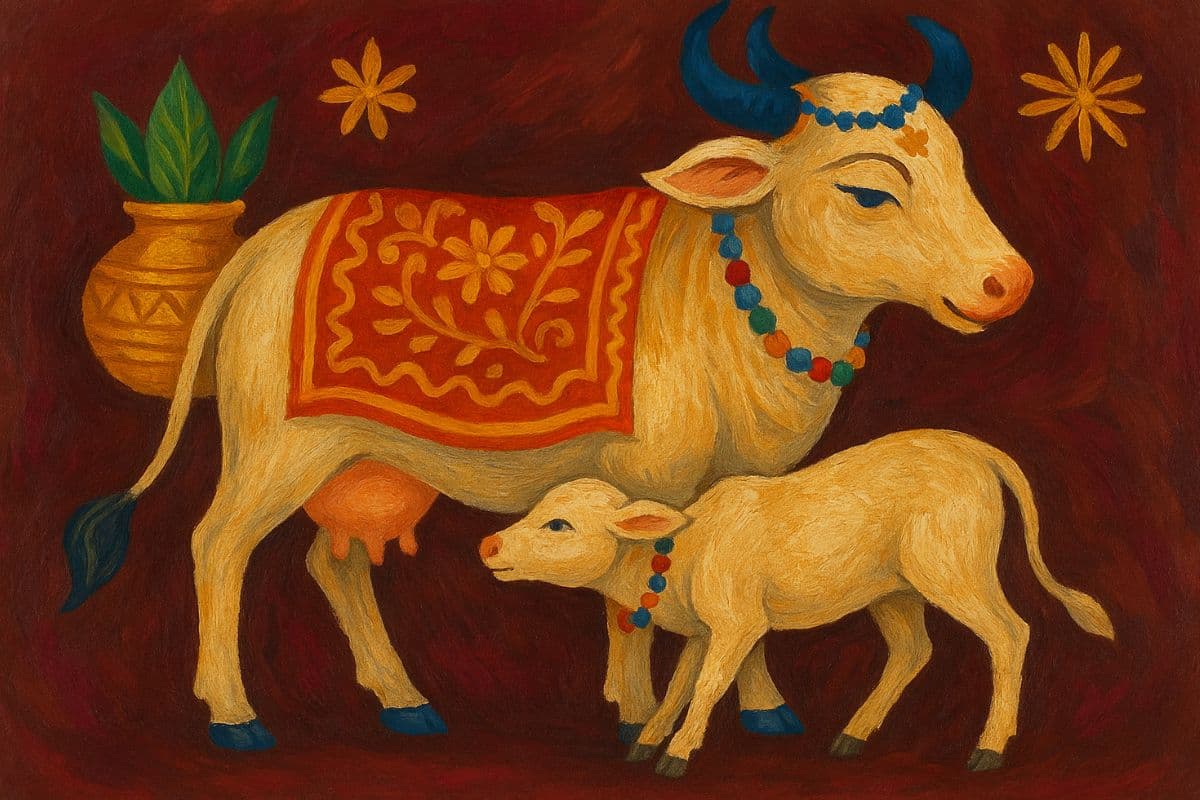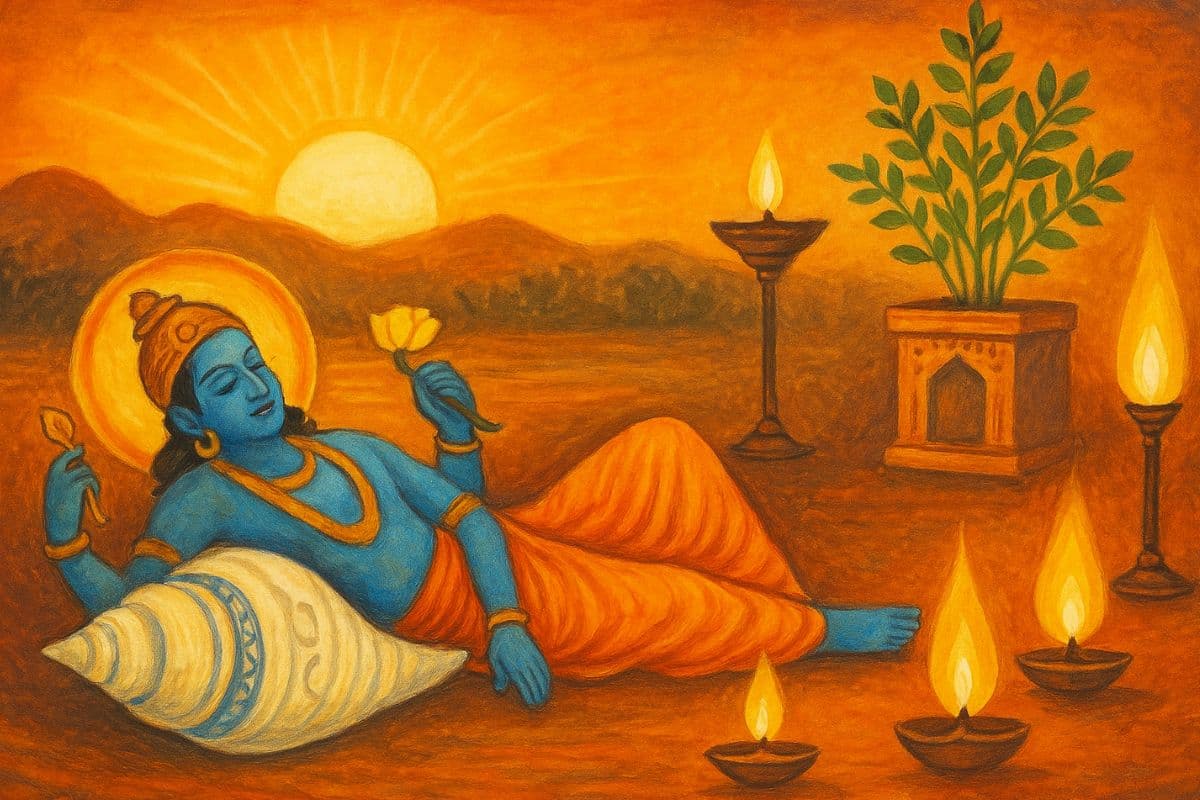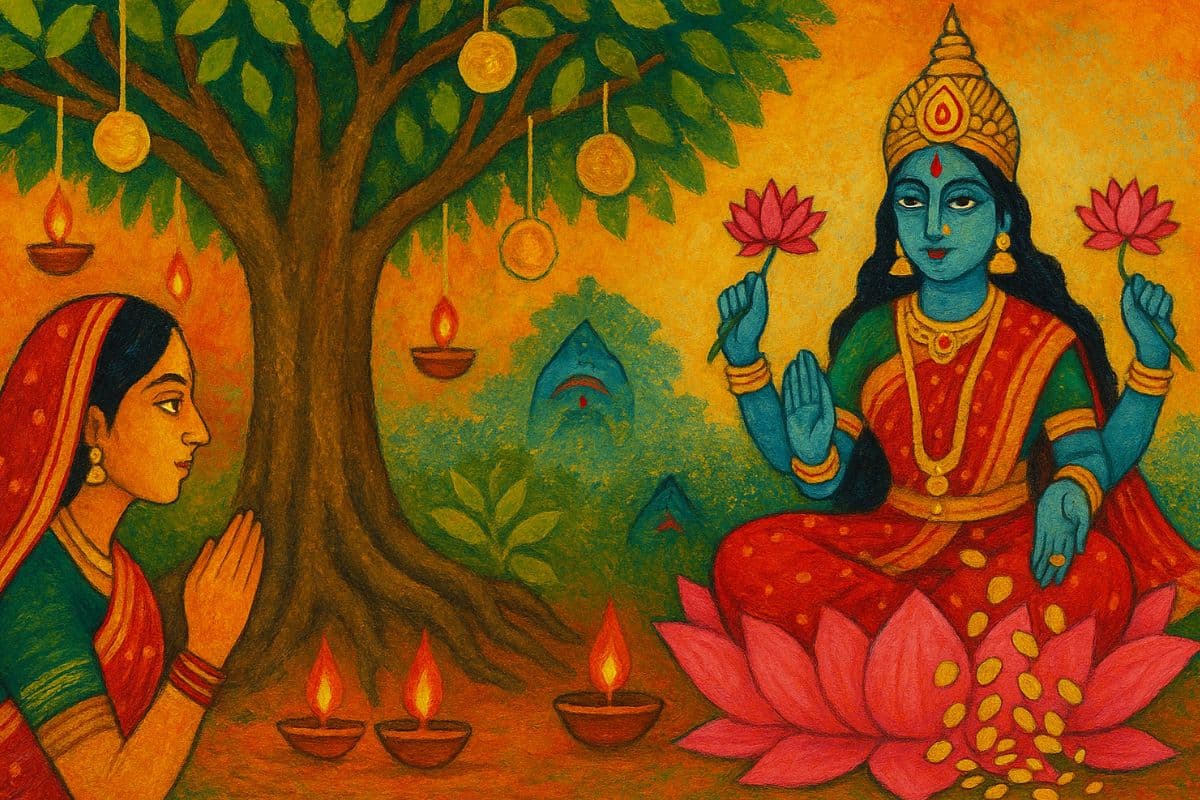Govatsa Dwadashi 2025: Auspicious date, puja rituals and significance you must know

Govatsa Dwadashi 2025 puja timings, rituals, and festival significance explained
Govatsa Dwadashi is a quiet, heartfelt festival that arrives just before Diwali. It is a day when households turn their attention to the cow family. The focus is simple and powerful. Families worship cows and calves, observe a fast, and make offerings for the well-being and long life of children and the household. In 2025, Govatsa Dwadashi falls on October 17. Below you will find the essential timings, step-by-step puja vidhi, fasting rules and the story that explains why this day matters.
Govatsa Dwadashi 2025 date and muhurat
This year, Govatsa Dwadashi will be observed on Friday, October 17, 2025, marking the beginning of the Diwali festivities in several parts of India. Here are the detailed Govatsa Dwadashi 2025 timings and rituals you must know:
Dwadashi Tithi Begins: 11:12 am on October 17, 2025
Dwadashi Tithi Ends: 12:18 pm on October 18, 2025
Govatsa Dwadashi Puja Muhurat (Pradosh Kaal): 05:49 pm to 08:20 pm
Duration: 2 hours 31 minutes
The Pradosh Kaal Muhurat is the most auspicious period for performing the Govatsa Dwadashi Puja. Devotees should offer prayers to the cow and calf during this time for maximum spiritual merit. The next morning, on Trayodashi Tithi, the fast (Parana) can be broken after the morning rituals and puja.
What is Govatsa Dwadashi, and why does it matter
Govatsa Dwadashi, also called Bachh Baras, Nandini Vrat or Vatsa Dwadashi, honours the cow and her calf. In many homes, this day is linked to the welfare of children and the prosperity of family life. In Maharashtra, the day is known as Vasu Baras and is treated as the opening note of Deepavali festivities. The festival ties faith, gratitude and household duty together. By offering reverence to the cow family, people express thankfulness for food, agriculture and domestic harmony.
According to tradition, worshipping the cow and calf on this day removes certain sins and blesses the family with health, prosperity and long life for children. Many women observe the fast to protect their children and to pray for the continuation of family well-being.
Govatsa Dwadashi puja vidhi: A simple step-by-step guide
Morning ritual and resolve: Wake early, bathe and put on clean clothes. Make a heartfelt pledge to worship the cow and calf. This mental resolve is part of the vow.
Worship the cow and calf: If you have access to a cow and calf, gently clean them and offer a light bath. If that is not possible, use a clay idol or a picture of a cow and calf for the ceremony. Apply roli and turmeric as a tilak to the cow and calf, and adorn them with garlands.
Offerings: Feed the cow green grass, gram dal or sprouted moong, fruits and water. These items honour the animal and express care. In places where wheat and milk products are used in ritual food throughout the year, those items are intentionally avoided on Govatsa Dwadashi.
Aarti and Katha: Light incense and a lamp. Perform aarti and then listen to or read the Govatsa Dwadashi story for the long life and happiness of children. Singing or reciting Vishnu Sahasranama or verses from the Gita is recommended as part of devotion to Lord Vishnu.
Parana: Those observing the fast should break it on the next day, Trayodashi tithi, and only after offering worship to the cow family. Observe the correct parana timing to complete the vow.
Rules to follow during the fast
-
Abstain from wheat and milk products for the day. Milk, curd, ghee and other cow-derived food items are not consumed on Govatsa Dwadashi. Alternatives such as buffalo milk or fruits may be used if needed.
-
Avoid using knives or sharp objects while observing the fast.
-
Do not trouble or harm any cow or calf. Respectful care is central to the practice.
-
Maintain mental purity. Refrain from lying, stealing or deceit while the fast is observed. The spiritual effect depends on sincerity in thought, word and action.
-
Spend the day on fruits if you are strictly fasting. Charity, especially giving curd, milk alternatives, fruits or grains to those in need, is encouraged.
The story behind Govatsa Dwadashi
The story of Govatsa Dwadashi is one of compassion and faith. In a small village, a moneylender built a pond that stayed dry for years. A priest told him it would fill only if he sacrificed his eldest son or grandson. Unable to do so, he sent his daughter-in-law and her child away, then offered an effigy instead. Soon, rain poured down and the pond filled. Life returned to normal, but guilt weighed on him deeply.
As Bachh Baras (Govatsa Dwadashi) approached, the family decided to worship the pond. The maid was told to cook wheat dishes, but mistakenly cooked Gehunla, the family’s calf named after wheat. When the daughter-in-law learned what had happened, she prayed to Bachh Baras Mata for forgiveness. That night, the cow unearthed the buried calf, which miraculously came back to life and began drinking its mother’s milk.
The family, overcome with awe, vowed that every mother would observe the Bachh Baras fast for her children’s well-being and for all living beings. Since then, Govatsa Dwadashi has been celebrated as a symbol of love, repentance, and the sacred bond between mothers and their young.
Regional names and customs
Govatsa Dwadashi is called Vasu Baras in Maharashtra and Vagh Baras in Gujarat. The specific offerings and the emphasis on family well-being vary by region. The underlying thread is the same. Gratitude toward the cow family, attention to children and the household, and a vow of purity and charity define the festival.
Practical tips for modern households
-
If you do not live near cows, use a clay idol or a picture and follow the same order of worship.
-
Feed birds or donate grains if you cannot reach the animal. This keeps the spirit of generosity alive.
-
Keep the Pradosh muhurat from 05:49 pm to 08:20 pm in mind for your main ritual. The Dwadashi tithi timing is useful if you need to schedule parana the next day.
Govatsa Dwadashi brings a gentle pause before the bright activity of Diwali. It asks us to be grateful, to observe restraint and to remember the living sources of our food and prosperity. The day is practical in its rules and deep in its meaning. Observe it with a clear heart, and the rituals will bring focus, protection and a renewed sense of family responsibility.



